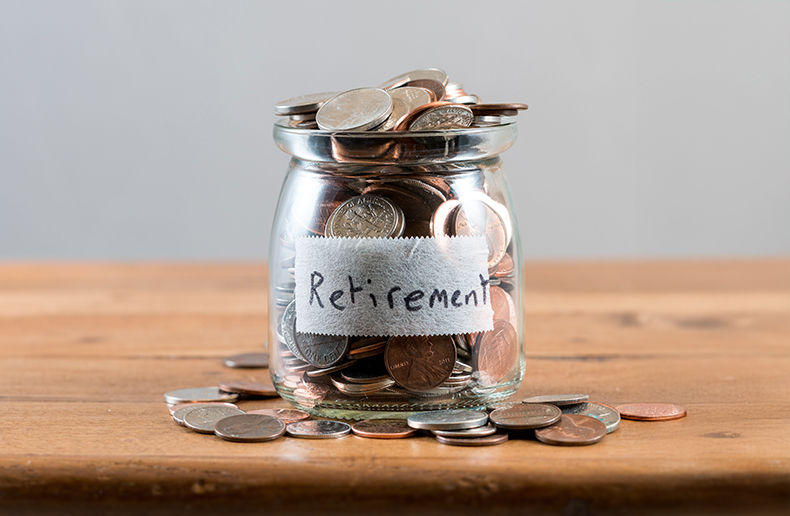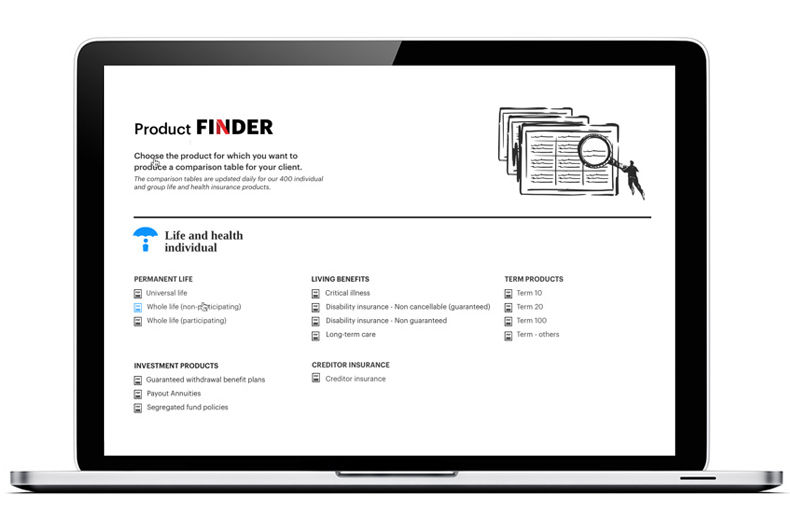On average, Canadians now carry more than $22,000 of debt.
A report from Equifax reveals that the average debt load in Canada increased by 3.6% in the third quarter of 2016 and now stands at $22,081. The national 90 day+ delinquency rate has also risen from 1.05% to 1.14 %, mostly due to the depressed economy in the oil-producing provinces.
Low interest rates have fuelled the debt binge and at the end of Q3 Canadian consumers owed $1.702 trillion (excluding mortgages), compared to $1.666 Trillion in Q2 2016 and $1.587 Trillion a year earlier. The auto and installment loan sectors have posted significant increases, increasing by 7.8% and 7.7% year-over-year respectively.
Most Canadians are actually decreasing their debt
"What we are seeing in Western Canada and Newfoundland would be of more concern if people in the two regions hit hard by the oil bust were also piling on a lot more debt and they are not, especially in Alberta and Saskatchewan," says Regina Malina, Senior Director of Decision Insights at Equifax Canada. She points out that most Canadians are actually decreasing their debt, but that a minority are taking on larger amounts and doing so at such a rate that it is increasing the total levels.
“The fact is people who can afford to do so are buying more cars, spending more on housing and borrowing more from financial institutions,” explains Malina. “Meanwhile, older Canadians showed the largest increase in average debt but continue to have the least trouble making their required payments on time.”









